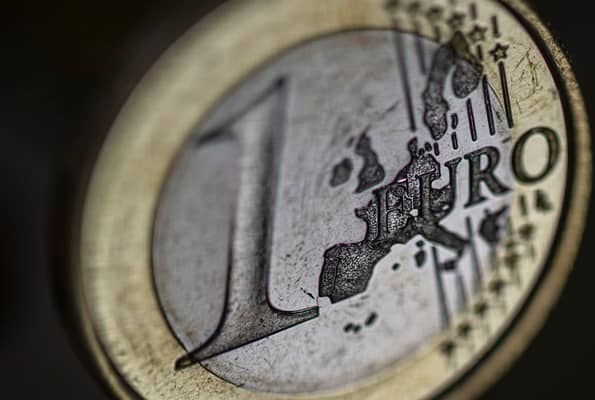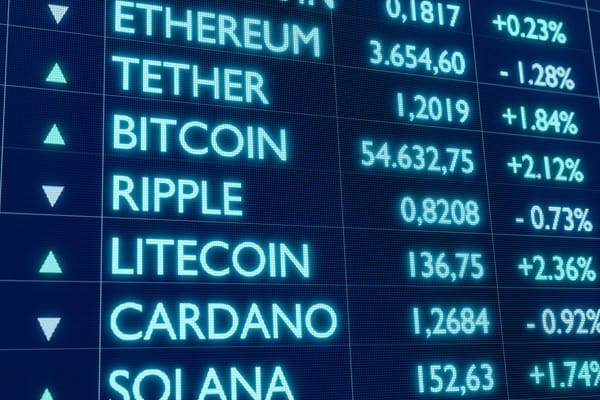Bussiness
EUR/USD approaches 1.1200 despite slowing inflation in Germany – London Business News | Londonlovesbusiness.com

Amid the current economic and geopolitical conditions, the EUR/USD currency pair appears to be at a critical juncture, aiming to reclaim the 1.1200 level.
Despite the noticeable slowdown in inflationary pressures in six German states during September, the euro remains in a narrow trading range, increasing the likelihood of a sharp move and potential shift in exchange rates soon.
The markets are awaiting further clarification from the European Central Bank (ECB) regarding interest rate policy.
ECB President Christine Lagarde may signal in her upcoming speech whether the central bank intends to cut interest rates again in October.
In my opinion, this signal could be crucial in determining the euro’s future direction, especially if new indications emerge that strengthen expectations of another rate cut.
On the other hand, markets are eagerly anticipating Federal Reserve Chairman Jerome Powell’s speech, which may provide more clarity on the size of the expected interest rate cut in November. The EUR/USD pair rose on Monday due to pressure on the U.S. dollar ahead of Powell’s speech, scheduled for 17:00 GMT. Investors expect Powell to offer new clues about the Fed’s decisions, which could be pivotal in steering the markets in a specific direction.
The probability of the Federal Reserve cutting interest rates by 50 basis points in its November meeting to a range of 4.25%-4.50% has dropped to 41.6%. This represents a decline from the previous 53.0% probability observed last Friday, following the release of the U.S. Personal Consumption Expenditures (PCE) price index report for August. The slowdown in annual inflation to 2.2%, the lowest level since February 2021, weakened the chances of a significant rate cut. On the other hand, core PCE inflation—which excludes volatile food and energy prices—accelerated to 2.7%, balancing out the slowdown’s impact and reducing the likelihood of two rate cuts at the next meeting, from my perspective.
I believe the markets are currently in a state of heightened anticipation, and investors are leaning toward caution given the uncertainty surrounding future monetary policies in both Europe and the United States. Focus on U.S. labour market data, such as the ADP employment report and non-farm payrolls, will be critical in shaping how the Fed handles the increasing economic slowdown.
The euro has remained in a narrow range over the past five weeks, which confirms my previous doubts about its ability to sustain upward momentum. Although the euro briefly broke above the 1.1200 level last week, its failure to stabilize above this level suggests weak bullish momentum. In my view, the current gains are still susceptible to correction, especially with the continued disparity in economic performance between major economies.
It’s also important to note that while the German economy is struggling with recession, its influence on the broader Eurozone cannot be understated. If data continues to show slowing momentum, it could further weigh on the euro and drive it lower.
Meanwhile, Jerome Powell’s upcoming speech will play a significant role in the direction of the U.S. dollar. Should Powell signal a large rate cut in November, we could see further declines in the dollar, potentially providing the euro with another opportunity to rise. However, the main risk remains that the interest rate differential between the U.S. and the Eurozone still favours the dollar, making it difficult to foresee a sustained euro rally above the 1.1200 level from a fundamental standpoint.
In my view, global financial markets are closely watching the upcoming economic data, particularly on inflation and economic growth in both the U.S. and Eurozone. While inflationary pressures in Europe are easing somewhat, recession fears continue to weigh on the euro. I believe the most likely scenario is continued pressure on the euro in the near term unless positive surprises emerge from economic data or supportive statements from the ECB.
Ultimately, the most probable outcome is ongoing volatility in currency and financial markets until the major central banks’ monetary policy paths become clearer.








